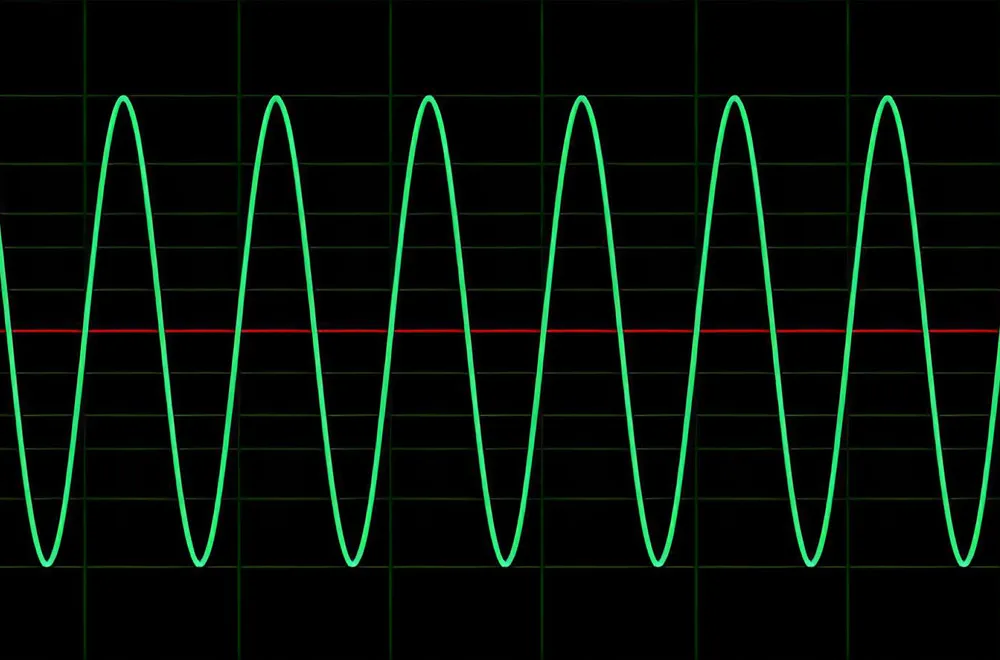Understanding Sine Waves: The Foundation of Modern Technology
Introduction to Sine Waves
A sine wave is a fundamental mathematical curve that describes a smooth, periodic oscillation. It is one of the most important waveforms in mathematics, physics, engineering, and signal processing. The sine wave is characterized by its amplitude, frequency, and phase, making it a cornerstone for understanding wave phenomena and electronic signals. From alternating current (AC) electricity to sound and radio waves, the sine wave plays a critical role in countless applications.
What Is a Sine Wave?
A sine wave is a continuous wave that represents a mathematical function of time or space. It is defined by the equation:
[ y(t) = A cdot sin(2pi f t + phi) ]
Where:
– (A) is the amplitude (the peak value of the wave),
– (f) is the frequency (number of oscillations per unit time),
– (t) is time,
– (phi) is the phase (which determines the starting point of the wave).
This simple yet powerful equation allows scientists and engineers to model and analyze oscillatory behavior in a wide range of systems.
Key Characteristics of Sine Waves
Sine waves possess several unique properties that make them indispensable in both theoretical and applied contexts:
-Periodicity: Sine waves repeat at regular intervals, known as the period (T), where (T = 1/f).
-Smoothness: The wave has no sharp corners or discontinuities, making it ideal for representing natural phenomena.
-Harmonic purity: A sine wave consists of a single frequency, which is why it is often used as a building block for more complex signals through Fourier analysis.
Applications of Sine Waves
Sine waves are ubiquitous in technology and nature. Some of the most notable applications include:
-Electrical Engineering: In power inverter systems, electricity is transmitted as a sine wave due to its efficiency and ease of generation.
-Audio Engineering: Sound waves, particularly pure tones, are often modeled as sine waves. They form the basis for synthesizers and audio signal processing.
-Telecommunications: Sine waves are used as carrier waves in radio, television, and wireless communication systems to transmit information.
-Physics: They describe simple harmonic motion, such as the motion of a pendulum or a mass on a spring.
Why Sine Waves Matter in Signal Processing
In signal processing, the sine wave is fundamental because of the Fourier theorem, which states that any periodic signal can be decomposed into a sum of sine waves of different frequencies, amplitudes, and phases. This principle allows engineers to analyze, filter, and manipulate signals in both time and frequency domains, enabling advancements in everything from medical imaging to digital communications.
Generating and Visualizing Sine Waves
Sine waves can be generated using oscillators in electronic circuits or through software algorithms. Tools like oscilloscopes and spectrum analyzers are used to visualize and measure their properties. Understanding how to generate and interpret sine waves is essential for anyone working in electronics or telecommunications.
Conclusion
The sine wave is more than just a mathematical abstraction; it is a vital concept that underpins much of modern technology. Its simplicity, purity, and versatility make it an essential tool for engineers, scientists, and technologists. Whether in power systems, audio equipment, or communication devices, the sine wave continues to be a fundamental element in shaping the world we live in. By mastering the principles of sine waves, we gain deeper insights into the oscillatory nature of the universe and the technologies that drive progress.
Table of Contents
